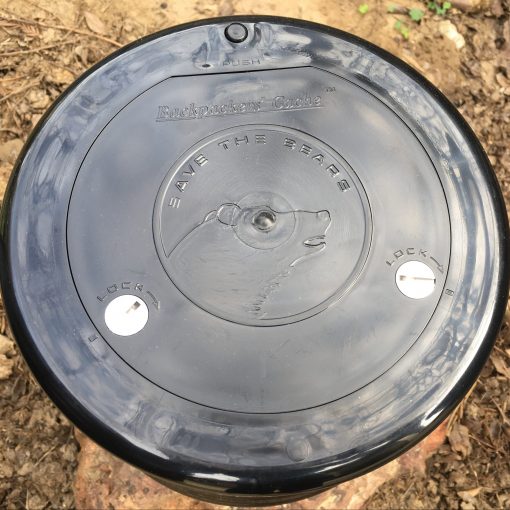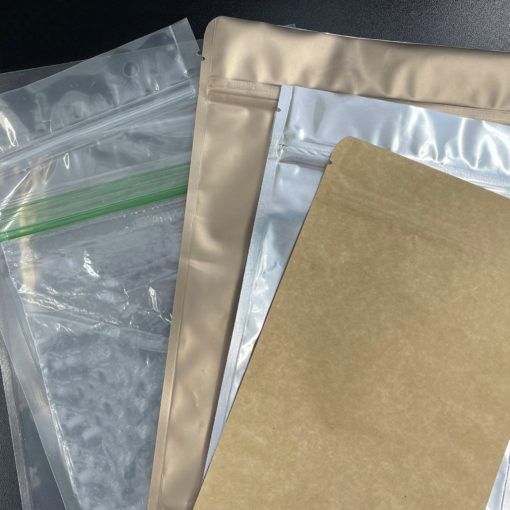Carrying a bear canister is something that backpackers have to do in many US National Parks and most areas of the California Sierra. Here is the most current information (July 2022) on where bear-resistant containers are required, what type, and when.
Camp Tips
The main job of a food storage bag is to prevent moisture and air from permeating the contents inside. Standard household freezer bags are readily available and inexpensive, making them appealing for storing homemade dry foods or repacking commercial backpacking food to reduce space. Storing dry food long-term in non-barrier packaging like plastic freezer bags will allow oxygen and moisture from the surrounding air to absorb into the food, where bacterial contamination and growth can occur. Eventually, the food will become soggy and mold. If this happens, the food will be unsafe to eat. Freezer bags will work okay for […]
Are you looking to create delicious, lightweight, and nutritious meals for your next backpacking trip? By making your own backpacking food, you can customize it to suit your taste and dietary needs while controlling portion sizes, spice levels, and sodium content. To achieve this, you’ll need to dehydrate or freeze-dry your meals to remove the water content, making them lightweight and shelf-stable. Don’t have drying equipment? You don’t necessarily need to cook and dehydrate or freeze-dry all your food at home. Purchasing pre-cooked and dried bulk ingredients can save you time and money on long hikes. Simply portion out the […]
Several factors can cause the hands to swell when hiking, but the most common causes are gravity and how the body distributes heat during exercise. Gravity plays a significant role in this process, as it pulls the fluid in our bodies towards the lower extremities, including our fingers, hands, and feet. As the core muscles heat up when hiking, the vascular system cools the body by releasing more fluid to these areas. When blood reaches the skin to dissipate the heat, fluids leak out of the vessels, causing swelling of the limbs. Medically known as exercise-induced peripheral edema, the problem […]
Most outdoor activities can be done year-round with the proper choice of clothing. Here we’ll discuss the best clothing to wear when backpacking or cycling, fabrics that wick away moisture, dry quickly, and are breathable.




